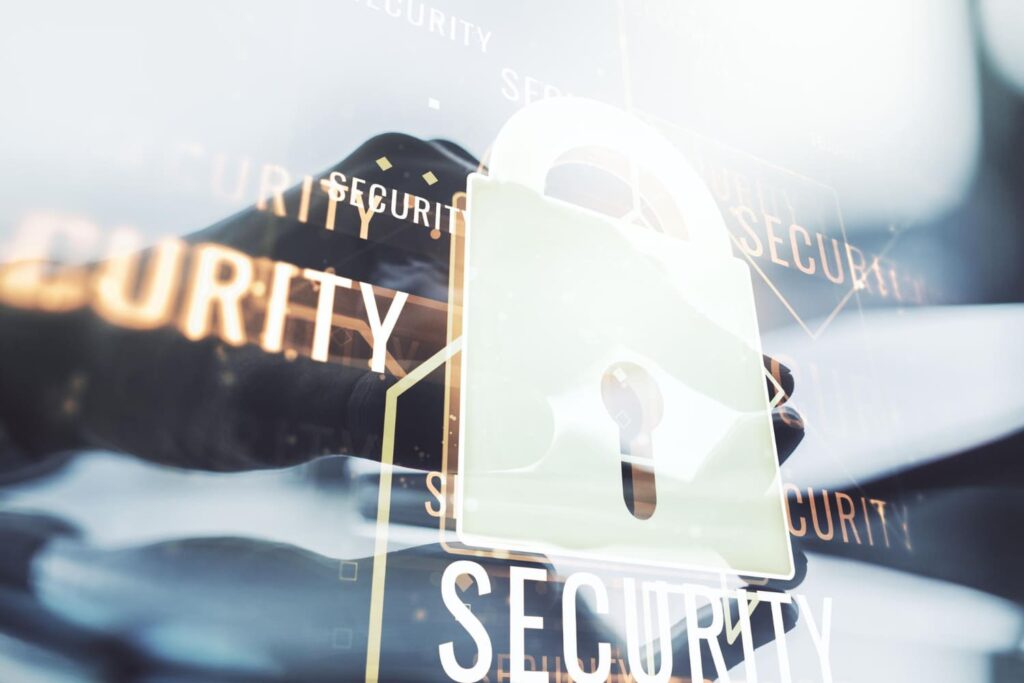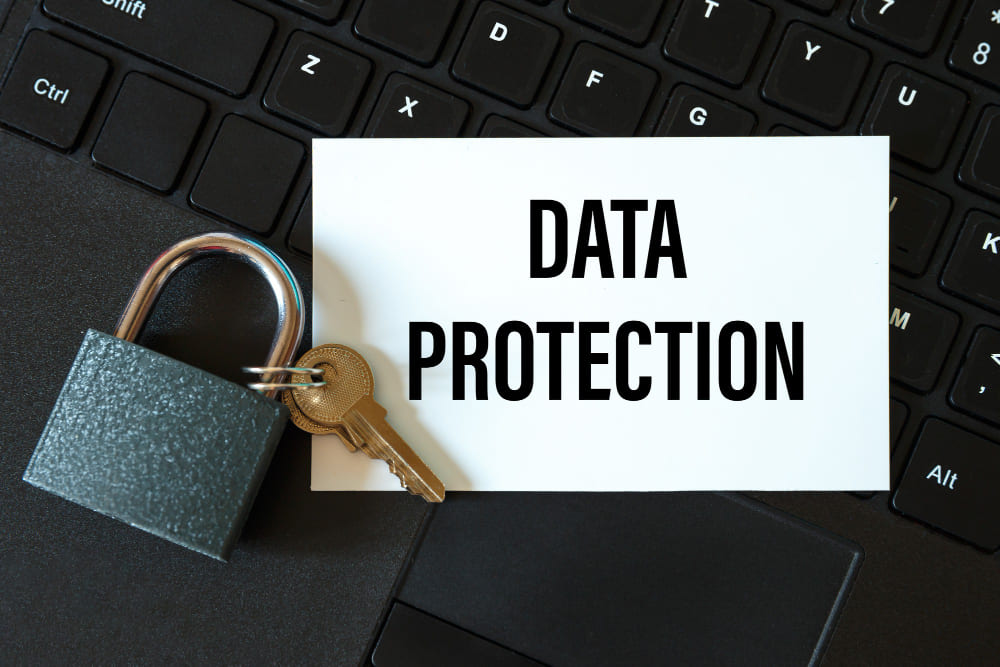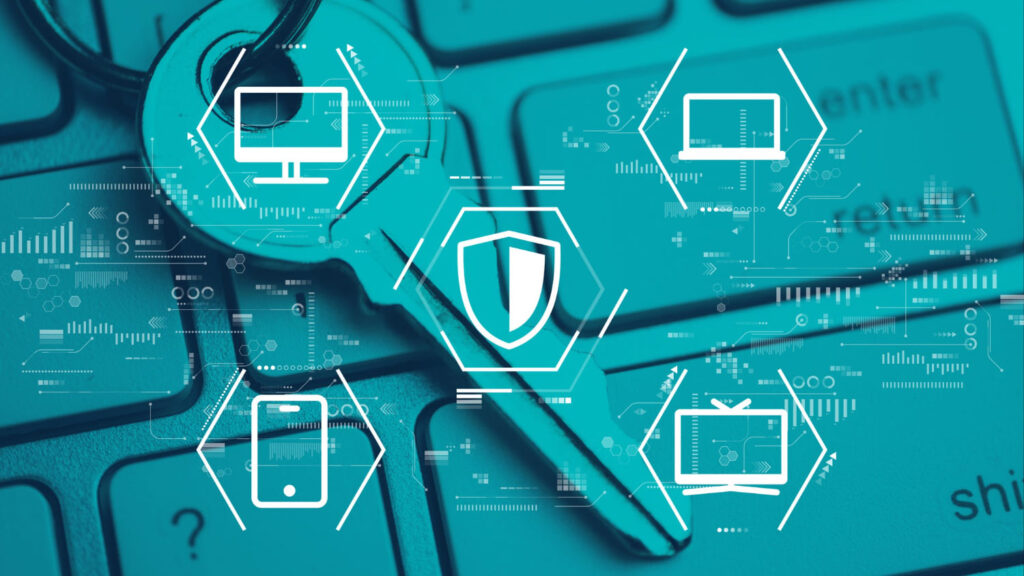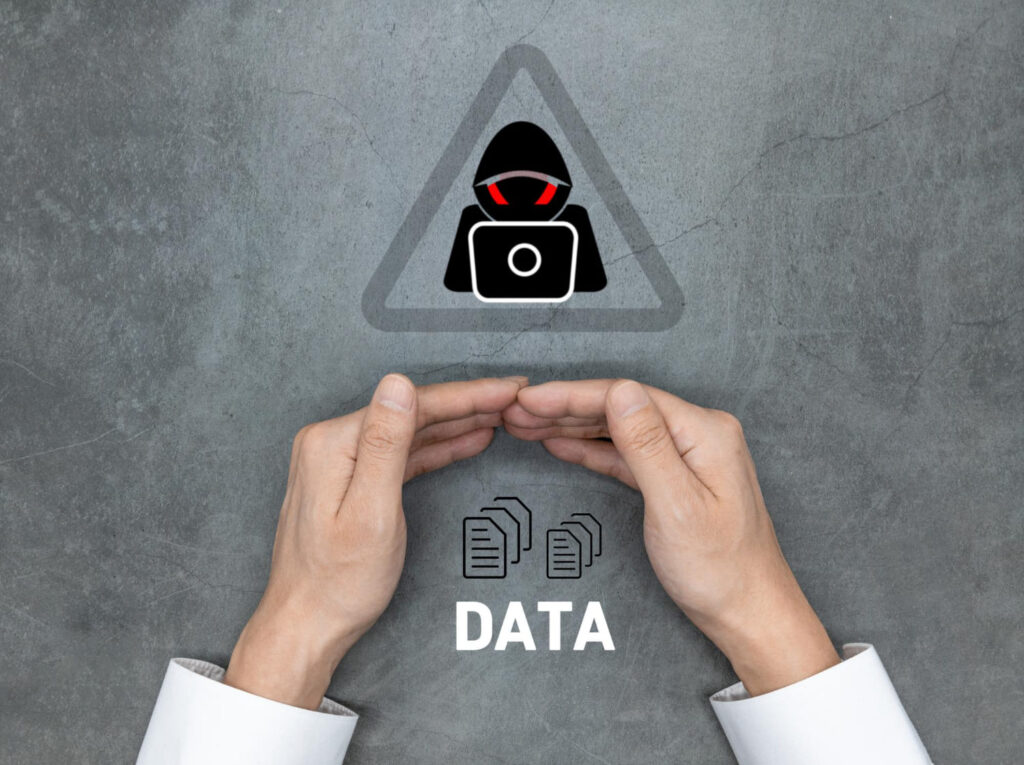Have you ever wondered how WhatsApp, Signal, and Telegram keep your conversations, photographs, and videos hidden from prying eyes? The solution is end-to-end encryption, which scrambles your data so only you and the intended recipient can read it.
End-to-end encryption means no one, including the app provider, can access your private interactions. But how does it function, and why does it matter? Read on to discover more about the benefits and problems of end-to-end encryption, as well as the types!
What is End-to-end Encryption?

End-to-end encryption (E2EE) is a method of safe communication which works to encrypt users’ data and keep it private from any unauthorized third parties while it is being transferred from one end system to another end system—hence the name. This way, nobody but the recipient can see the data, giving you pretty good privacy.
End-to-end encryption is widely used in applications such as messaging, video calling, and online banking. Messaging services like WhatsApp, Facebook Messenger, and Telegram are known to utilize E2EE, ensuring their in-app activities stay private.
How Does End-to-end Encryption Work?

E2EE works by using cryptographic keys stored at the endpoints that are only known to the communicating parties and that are used to encrypt and decrypt the messages.
What makes E2EE work is its keys. When a conversation takes place between two end systems (sender and recipient), public keys are exchanged while the private keys are secret.
Consider the public encryption key to be a padlock, with the private key serving as the key. Senders can encrypt their communication with their recipient’s public padlock, but only their private key can decrypt it.
Why is End-to-end Encryption Important?

Data breach incidents keep on increasing each year, with over 2.6 billion personal records breached in 2021 and 2022. On top of that, over 360 million people were victims of institutional and corporate data breaches in the first eight months of 2023.
These incidents emphasize the importance of solid data security and how E2EE plays a vital role not only in encrypting sent messages but also in controlling the authorization of user access to stored data. Combined with a centralized key management system that follows KMIP (Key Management Interoperability Protocol), users’ data are layered with encryption and safeguard.
How End-to-end Encryption is Used

In the real world, E2EE is utilized in various services, from secure communications to data storage.
Secure Communications
Messaging providers like Signal, Viber, and WhatsApp use end-to-end encrypted message to keep their users’ conversations private.
Password Management
Password manager apps like Proton Pass, 1Password, and Bitwarden also employ E2EE to safeguard users’ passwords. They aid protection for the passwords, ensuring the keys are only authorized to users in both endpoints.
Data Storage
Data storage services like Dropbox and iCloud also utilize E2EE to protect users’ data. It works by safeguarding users’ data in transit in the storage cloud, making it private so that not even the service provider can access it.
What Sets End-to-End Encryption (E2EE) Apart from Other Encryption Types?

There are two types of data encryption: asymmetric and symmetric, and E2EE belongs to asymmetric encryption. What sets it apart from other encryption types is that E2EE utilizes a pair of keys: public keys for encryption and private keys for decryption.
In real-world scenarios, E2EE is often used for secure key exchange and digital signatures. Meanwhile, other symmetric encryptions are widely used for encrypting data at rest or in transit within secure environments, such as within a VPN.
Although E2EE might be slower in performance compared to others, it facilitates secure key exchanges. On top of that, E2EE allows openly shared public keys, addressing the key distribution challenge.
These encryption types can be combined into a hybrid approach.
Advantages of End-to-end Encryption

Data privacy is the key advantage of E2EE with these things following it:
Compliance
Nowadays, any business must adhere to regulatory compliance laws; one of them is the requirement of encryption systems for sensitive data security measures. Using E2EE, businesses can ensure data safety.
Tamper-proof
E2EE allows recipients to have the required decryption key already without it being transferred. In the case of alteration within transit, the recipient won’t be able to decrypt and view it, making it safer for both parties.
Security in transit
As E2EE utilizes public key cryptography during transit, with no private keys transmitted, the security level elevates. The ones who can access the transferred data are only end-system users who already have the private keys with them to decrypt the data.
Disadvantages of End-to-end Encryption

Despite its excellence, E2EE has several drawbacks, including:
Endpoint Security
There is a chance of unwanted data being revealed when one or both endpoints are compromised. When it occurs, the data security will be at risk.
Complexity in Defining the Endpoints
To avoid decrypted data during transmission, it is a must to define the endpoints clearly so that the data stays safe. However, the process of defining can be complex.
Too Much Privacy
While E2EE implementation levels up the privacy of users, it may be used by malicious actors to do illicit online s sharing and interactions. That’s why law enforcement authorities oppose it, as it prevents them from accessing possible malicious data.
Not Future-proof
While E2EE might be the most advanced security technology, studies revealed that by 2024, there will be a finalized post-quantum cryptographic standard that will replace the current technology.
Visible Metadata
Despite data safety in transit, message information like recipient, date sent, and date read are still visible. This makes a way for intruders to gain information.
Frequently Asked Questions
Can anyone break end-to-end encryption?
Unfortunately, yes. Some possible ways for an attacker to break it are by cracking the encryption code or software, getting the keys from the sender or receiver by force or fraud, intercepting and changing the data in transit, and infecting the devices with malware that can access the data.
Should I enable end-to-end encryption?
Yes, it is recommended that E2EE be enabled to safeguard your data from unauthorized access and keep it unreadable.
Who uses end-to-end encryption?
E2EE is used across industries, such as healthcare, banks, financial institutions, messaging apps, email services, videoconferencing tools, online learning platforms, and e-commerce.
Conclusion
End-to-end encryption (E2EE) plays a crucial role in safeguarding communication between two endpoints during transfer by encrypting users’ data and keeping it private from any unauthorized third parties. It is widely used across industries as a way to safeguard data.
With all its benefits, this technology remains a robust security measure for any data in transmission despite several drawbacks.
If you want to learn more about how end-to-end encryption can benefit your company, contact Fluxgate now!
